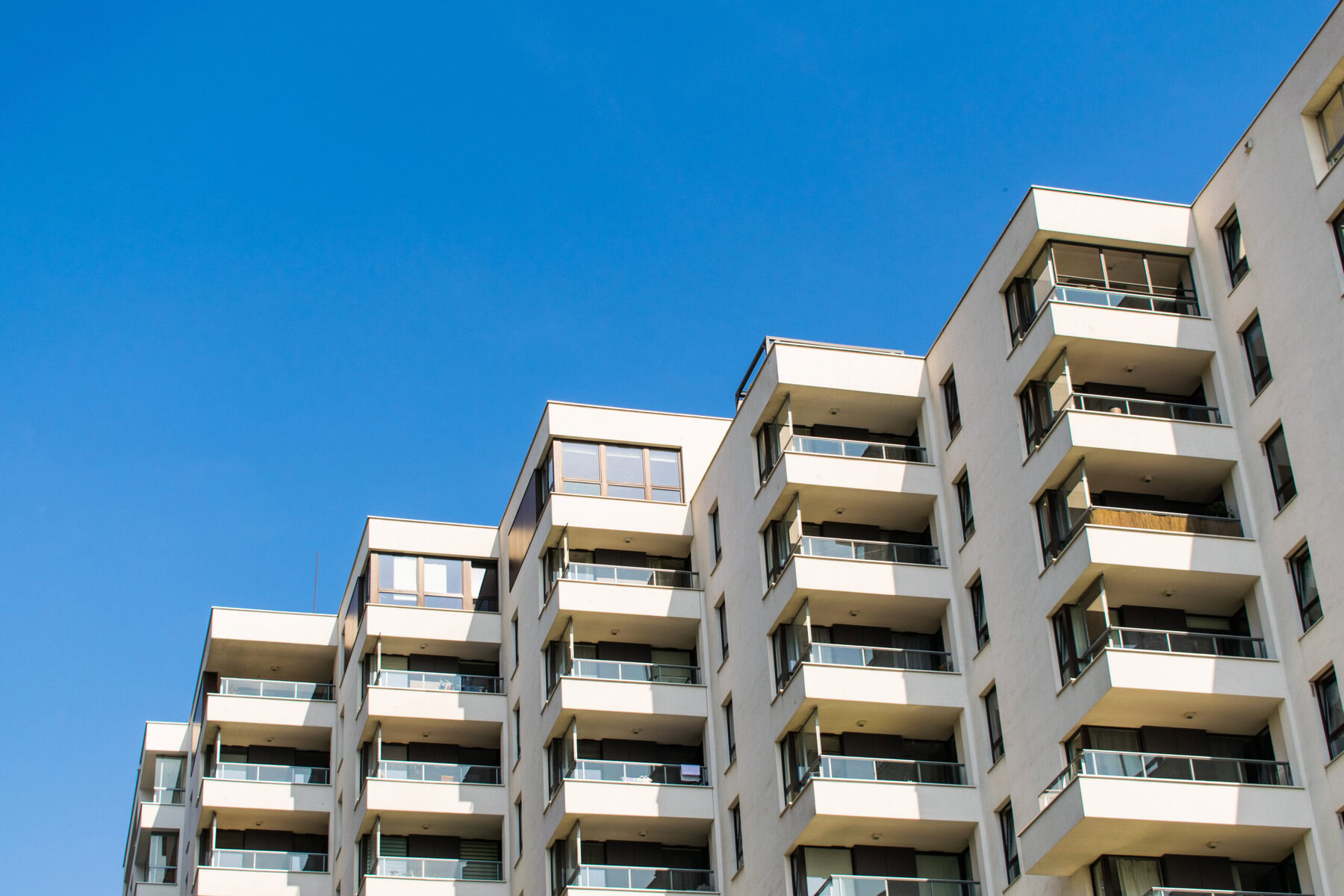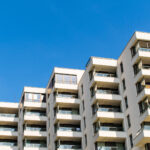
Inside the Mud-Walled High-Rise That Cools Itself
Today, the Jains live in a flat that stays about nine degrees cooler than the outside heat. “We used to run two ACs regularly, but now the apartment is comfortable with just one, and only occasionally,” says Ranjina Jain, Soumya’s mother. “Earlier, we kept the bedroom AC on all night. Now we switch it on for a short while in the evening, and it stays cool till morning. That’s the real change we have seen.”
The shift doesn’t just save money, it cuts electricity use and lowers the household’s carbon footprint, showing how small design choices can help mitigate climate change.
The Jains transformation took a number of months to complete. For Ecoplore, the journey took nearly five years of research and experimentation before they committed fully to sustainable construction. Founder Prasad says one project in particular became a turning point: The Gandhi Smriti museum, which is located on the site where Mahatma Gandhi once lived and where he was assassinated.
The museum was built in 2005 by Revathi Kamath using natural materials. But after her death, another firm covered the walls with cement and synthetic paints, erasing the organic feel of the space.
“When we were asked to redo parts of [the Gandhi Smriti], we went back to mud. The change was striking,” says Prasad. “The place breathed again, in harmony with Gandhi ji’s ethos. That gave us confidence that these methods can transform even the most iconic spaces.”
When Ecoplore launched its construction wing this year, the response was immediate. “We got over 1,000 queries within months, not just from all over India but from Sri Lanka, Egypt, South America, the Middle East and even Europe,” Prasad says.
“It was unbelievable. Many of these inquiries came from developers and homeowners interested in applying natural construction techniques to high-rises and urban projects, not just rural or eco-resort settings. We have shortlisted projects in Delhi NCR, Bangalore, Odisha and Mumbai to start with.”
This global interest reflects exactly what Jain discovered in her own home: That sustainable living has moved from niche experiment to mainstream necessity. Jain’s apartment, once just a vision, is now part of a growing urban movement of middle-class high-rises adopting time-tested, low-energy construction methods. With each mud wall and bamboo beam, these homes remind us that sustainability, comfort and beauty can coexist, and that small choices inside our living spaces can ripple outward, shaping healthier, cooler, more resilient cities for the future.
Scrolling photos courtesy of Safina Nabi.






